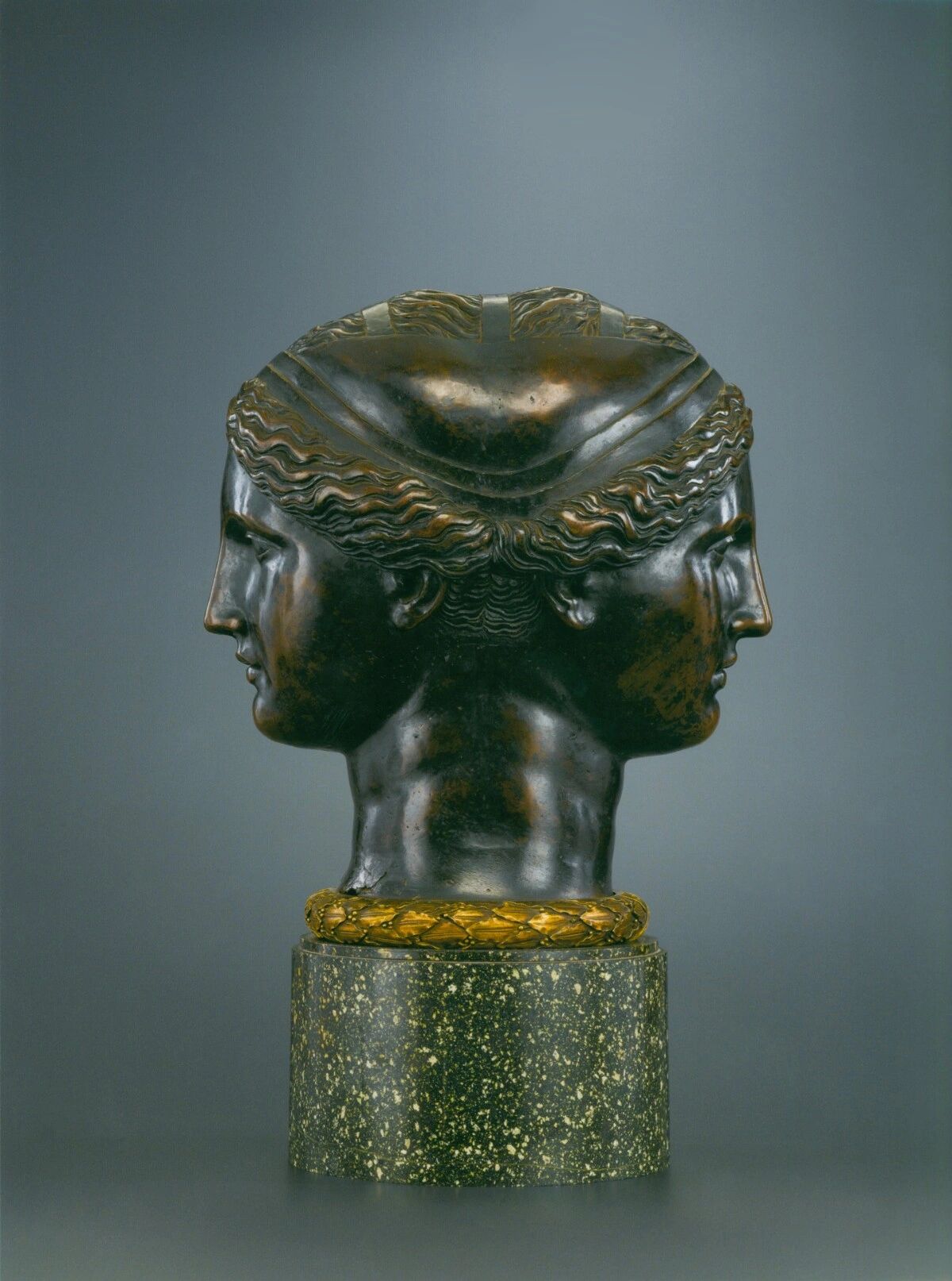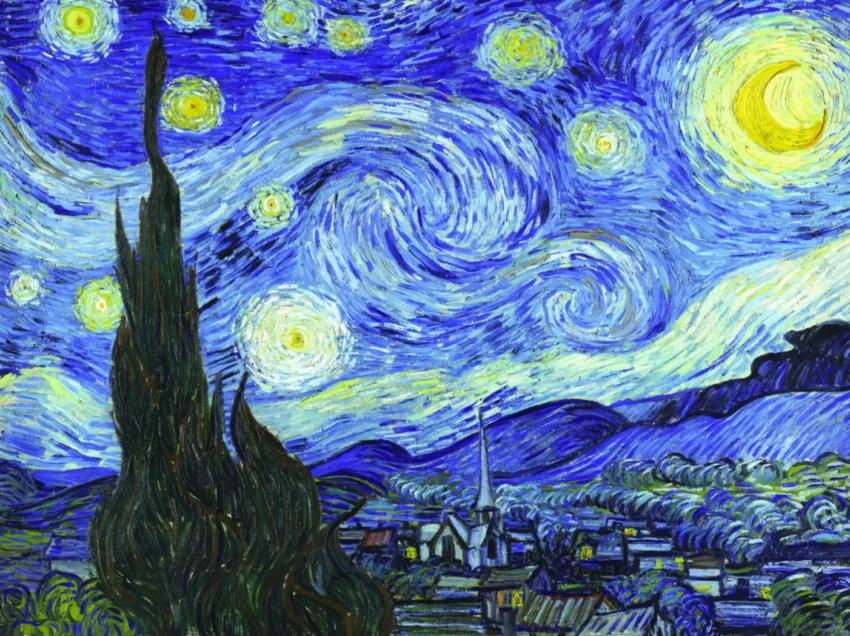In the case of many artifacts and artworks, a perfect provenance is not, and will never be, possible. Ownership information may be lost, or perhaps the records were never created. Works may have been sold anonymously, creating gaps in provenance. There are a myriad of reasons for an object’s provenance to be incomplete, misleading, or even wrong. As a result, many works of art acknowledged to be authentic today carry some risk that, in the future, questions of authenticity may arise. A perfect provenance goes far in mitigating that investment risk.
What Is Provenance?
Provenance comes from the French word, “provenir”, meaning “to come from,”, or “to arise from” and is a word used most frequently in referring to information about the origin, context, derivation, ownership and/or history of some artifact or artwork. While theoretically intended to be a “chain of title” that should include every owner of the work since its creation, provenance typically tends to be a non-exclusive listing of interesting facts concerning the background of the work, such as notable former owners and the exhibition of the work at prestigious venues, but may also include documents of authenticity, appraisal values, and important biographical information on the creator.
It’s important to understand that “provenance” comes in many forms and levels of completeness. Curators rarely have complete provenance for an artwork, and, unfortunately, provenance is often wrong. One example can be seen below in the case of the beautiful bronze “Double Head”, the provenance of which can be seen here.

At some point in the 1700s, the “Double Head” sculpture was attributed as a Roman antiquity, establishing a pedigree that added significance to the history of the sculpture and creating a bias that flamed the desire of collectors to own the artifact. In fact, several illustrious collectors proudly displayed the artwork, including King Louis XIV and financier Pierre Crozat. However, we now know “Double Head” to be from the Renaissance era, attributed to Francesco Primaticcio and sculpted around the year 1543, rather than at any point during the Roman era.
So remember – provenance can be wrong.
What Is A “Perfect” Provenance?
“Perfect” provenance is never wrong, and refers to the complete, corroborated, transparent and provable origin, context, derivation, ownership and history of an item. Maintaining a perfect provenance is extremely difficult, requiring monitoring and recording of actions as they are performed. The essential components of a perfect provenance are perfect: Origin, Derivation (if applicable), Ownership, and History.
Perfect Origin
Origin that is complete, corroborated, transparent and provable.
Origin, as an essential component of perfect provenance, refers to the initial creation or discovery of an object—the fundamental “where did this come from?” that establishes authenticity and legitimacy. For artworks, this means identifying the artist, date, location, and circumstances of creation; for archaeological artifacts, it encompasses the excavation site, archaeological context, discoverer, date, and legal permits; for historical documents, it includes the author, date, place, and original purpose; and for natural specimens, it covers the geographic location, collector, date, and relevant context.
Origin is crucial because it provides the verifiable starting point for tracing the entire ownership chain, determines legal status (especially for cultural artifacts), affects value and significance, and helps identify forgeries or illegally obtained items—without clear documentation of origin, the entire provenance becomes questionable, which is why objects with uncertain origins face scrutiny even with well-documented recent ownership.
Perfect Derivation
Derivation (if applicable) that is complete, corroborated, transparent and provable.
Derivation, as an essential component of perfect provenance, refers to how an object came to be separated from its original context or transformed from its original state—essentially documenting the legitimate transition from origin to circulation. This is particularly critical for archaeological artifacts (how and why they left their excavation site or country of origin, including export permits and legal authority), cultural patrimony (the circumstances under which sacred or culturally significant objects left their community), architectural fragments (how elements were removed from buildings or monuments), and natural history specimens (collection permits and compliance with conservation laws). Derivation also applies to artworks that have been altered, such as paintings cut from larger works, manuscripts with removed pages, or sculptures taken from architectural contexts.
This component is “if applicable” because not all objects require derivation documentation—a painting sold directly by the artist, for instance, has no derivation issue—but when relevant, it bridges the critical gap between an object’s origin and its subsequent ownership history. Without proper derivation documentation, even objects with clear origins and well-documented ownership can be considered illegitimate, as seen in high-profile repatriation cases where museums have returned artifacts that left their source countries without proper authority, regardless of decades of subsequent “good” ownership.
Perfect Ownership
Ownership that is complete, corroborated, transparent and provable.
Ownership, as an essential component of perfect provenance, refers to the complete chain of custody documenting every person or institution that has legally possessed the object from its origin to the present—creating an unbroken sequence that validates legitimate title. This includes not just names and dates, but supporting evidence such as sales receipts, auction records, estate inventories, insurance valuations, exhibition catalogs, scholarly publications, and family records that prove each transfer was lawful and properly documented. The ownership chain must account for every gap, as undocumented periods raise red flags about potential theft, looting, or forgery, particularly for objects that passed through conflict zones or changed hands during events like World War II. Strong ownership documentation typically shows logical transitions (artist to dealer to collector, or estate to heir to auction) with reasonable timeframes and credible parties, while suspicious patterns—such as sudden appearance in the market after decades of absence, vague attributions like “Swiss private collection,” or routing through countries with lax cultural property laws—can indicate problematic provenance.
This component is critical because legal title depends on each previous owner having legitimate ownership to transfer; one illegitimate link breaks the entire chain, which is why due diligence requires verifying not just recent ownership but the complete sequence back to origin, making ownership documentation the backbone of ethical collecting and the primary defense against acquiring stolen or looted objects.
Perfect History
History that is complete, corroborated, transparent and provable.
History, as an essential component of perfect provenance, encompasses all the significant events, locations, and contexts an object has experienced throughout its existence—the “biography” beyond mere ownership that enriches understanding and often confirms authenticity. This includes exhibition history (when and where displayed, with catalog entries), publication history (scholarly articles, books, or catalog raisonnés that discuss or illustrate the object), conservation records (treatments, restorations, condition reports that document physical changes), storage locations (museums, bank vaults, private residences), cultural significance (ceremonial use, historical events witnessed, famous owners or associations), and scientific analysis (technical studies, authentication reports, dating tests). History provides crucial corroborating evidence for the ownership chain—an artwork exhibited at a major museum in 1950 couldn’t have been created in 1960—while also revealing important context such as war-time relocations, family migrations, or institutional deaccessions that explain gaps in documentation.
This component often uncovers red flags through inconsistencies (an “ancient” artifact with no publication history before 1970) or patterns suggesting illicit origin (objects with history only in free ports or tax havens). Unlike the other components focused on legal legitimacy, history adds layers of meaning and verification, transforming a mere object into a documented cultural artifact whose journey through time is thoroughly understood, making it the component that often distinguishes museum-quality objects with rich, verifiable stories from those with merely adequate but uninspiring documentation.
Why Does Perfect Provenance Matter?
A perfect provenance matters because it serves as the ultimate safeguard for ethical collecting, legal protection, financial value, and cultural preservation in an art world plagued by forgeries, looting, and illicit trafficking.
Ethically, perfect provenance ensures collectors and institutions aren’t contributing to the ongoing destruction of archaeological sites, theft from religious communities, or funding of criminal networks, particularly crucial given that the illicit antiquities trade ranks among the world’s largest criminal enterprises alongside drugs and arms trafficking. Perfect provenance preserves crucial context about an object’s creation, use, and journey through history—information that’s irretrievably lost with looted or forged items. Legally, perfect provenance provides bulletproof protection against ownership disputes, repatriation claims, and criminal liability, as purchasing stolen or looted objects—even unknowingly—can result in seizure without compensation, criminal prosecution, and reputational destruction.
Financially, perfect provenance can increase an object’s value exponentially; identical artworks sell for vastly different prices based on documentation quality, with gaps or questions potentially reducing value by 50-90%, while strong provenance provides market liquidity and insurability. In today’s market, where sophisticated forgeries fool experts and recently looted artifacts appear with fabricated histories, perfect provenance acts as both shield and sword: protecting good-faith purchasers while helping identify and remove problematic objects from circulation.
Ultimately, demanding perfect provenance isn’t just about avoiding problems—it’s about preserving cultural heritage for future generations and ensuring that the art market operates with the transparency and legitimacy required of any major global industry handling irreplaceable cultural assets.
Final Thoughts
While the focus of this article has been on defining perfect provenance and the importance of perfect provenance for cultural preservation and for safeguarding collectors from ethical, legal, and financial violations, perfect provenance also provides potential investors with deep insights into the shifting aesthetic tastes, market conditions, and collecting priorities of both individuals and institutions.
Thanks for reading!
